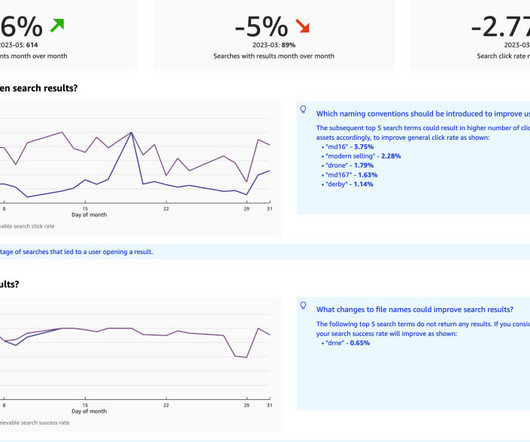The Top Three Entangled Trends in Data Architectures: Data Mesh, Data Fabric, and Hybrid Architectures
Cloudera
SEPTEMBER 29, 2022
Each of these trends claim to be complete models for their data architectures to solve the “everything everywhere all at once” problem. Data teams are confused as to whether they should get on the bandwagon of just one of these trends or pick a combination. First, we describe how data mesh and data fabric could be related.















Let's personalize your content